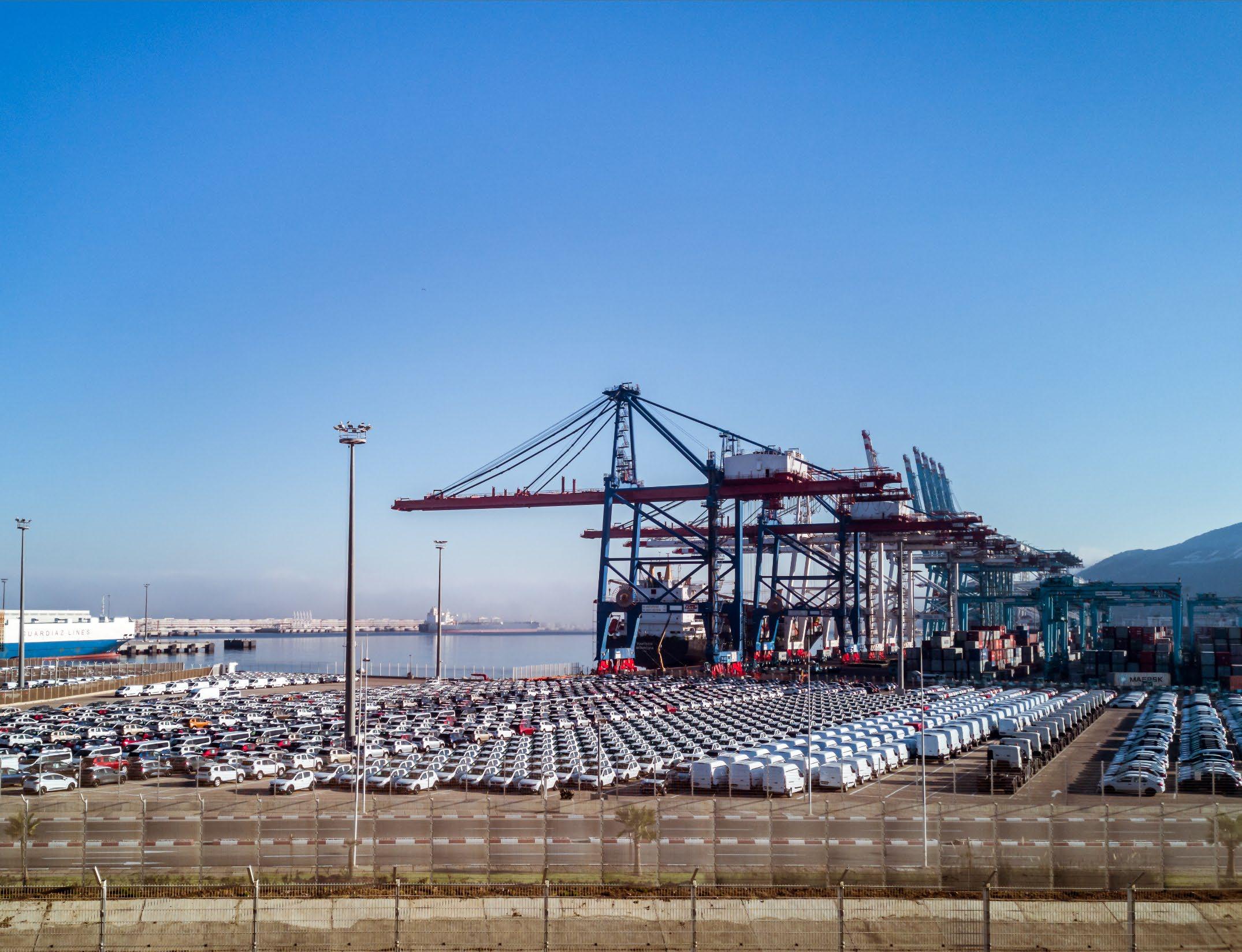



@OECDeconomy





@OECDeconomy
Lifting productivity and creating better jobs @OECD
Rabat 11 September 2024 oe.cd/Morocco

Source: CEIC and OECD Economic Outlook database.

Source:


Source: OECD Economic Outlook database.



Labour productivity gap
Percentage gap with respect to the USA in GDP per person employed, 2022
India
Morocco
Thailand
China
Colombia
Egypt
South
Portugal
Poland
Türkiye
OECD Spain
France
Note: In constant 2017 PPP $.
Source: OECD calculations based on World Bank WDI.


Note: The definitions are based on research and development intensity and can be found at https://www.oecd-ilibrary.org/science-and-technology/oecd-taxonomyofeconomic-activities-based-on-r-d-intensity_5jlv73sqqp8r-en. Source:




Share of informal workers including agriculture, 2022 or latest available year
Including agriculture
Excluding agriculture
Note: The data are not fully comparable across countries. They apply to 2022 except for JOR (2021); HUN (2020); EGY and TUN (2019); and THA (2018).
MAR: The latest official estimate by the Haut-Commissariat au Plan is for 2013-14 based on the share of workers unaffiliated with social security.
Source: ILO Labour Force Statistics; Haut-Commissariat au Plan.

Source: OECD, Programme for International Student Assessment (PISA), 2022 Reading, Mathematics and Science Assessment.

Note: The rate can exceed 100% due to several reasons, for instance, the numerator may include late entrants and overage children who have repeated one or more grades of lower secondary education as well as children who entered school early, while the denominator is the number of children at the entrance age for the last grade of lower secondary education. MENA is an unweighted average of the following countries: Morocco, Tunisia, Algeria, Jordan, Egypt, Israel, Bahrain, Iran, Kuwait, Oman, Palestine, Qatar, Syria, United Arab Emirates and Yemen.
Source: World Bank.

Note: The NEET rate is the number of young people 15 to 24 not in education, employment or training as a share of the total youth population.
Source: ILOSTAT- ILO Modelled Estimates (ILOEST).

Note: The labour force participation rate is calculated as the labour force divided by the total working-age population. The working-age population refers to people aged 15 to 64.
Source: ILO Labour Force Survey and data provided by the authorities.



Morocco’s target for reaching net zero
Business-as-usual Scenario Net Zero Scenario
Source: National authorities - National Low Carbon Strategy – SNBC Morocco 2050 (December 2023).
Note: The Net zero scenario refers to the emissions trajectory where the measures and sectoral targets outlined in the National Low Carbon (Net Zero) Strategy are implemented. The Business-as-usual scenario assumes no policy action.






Disclaimers:
The statistical data for Israel are supplied by and under the responsibility of the relevant Israeli authorities. The use of such data by the OECD is without prejudice to the status of the Golan Heights, East Jerusalem and Israeli settlements in the West Bank under the terms of international law. This document and any map included herein are without prejudice to the status of or sovereignty over any territory, to the delimitation of international frontiers and boundaries and to the name of any territory, city or area.